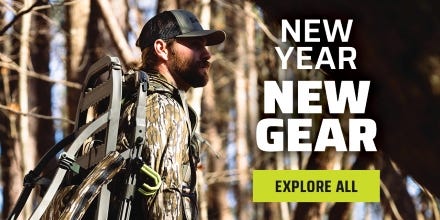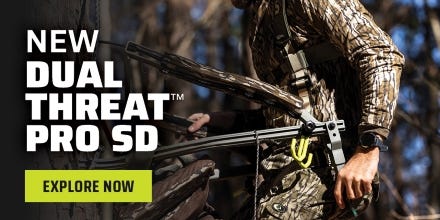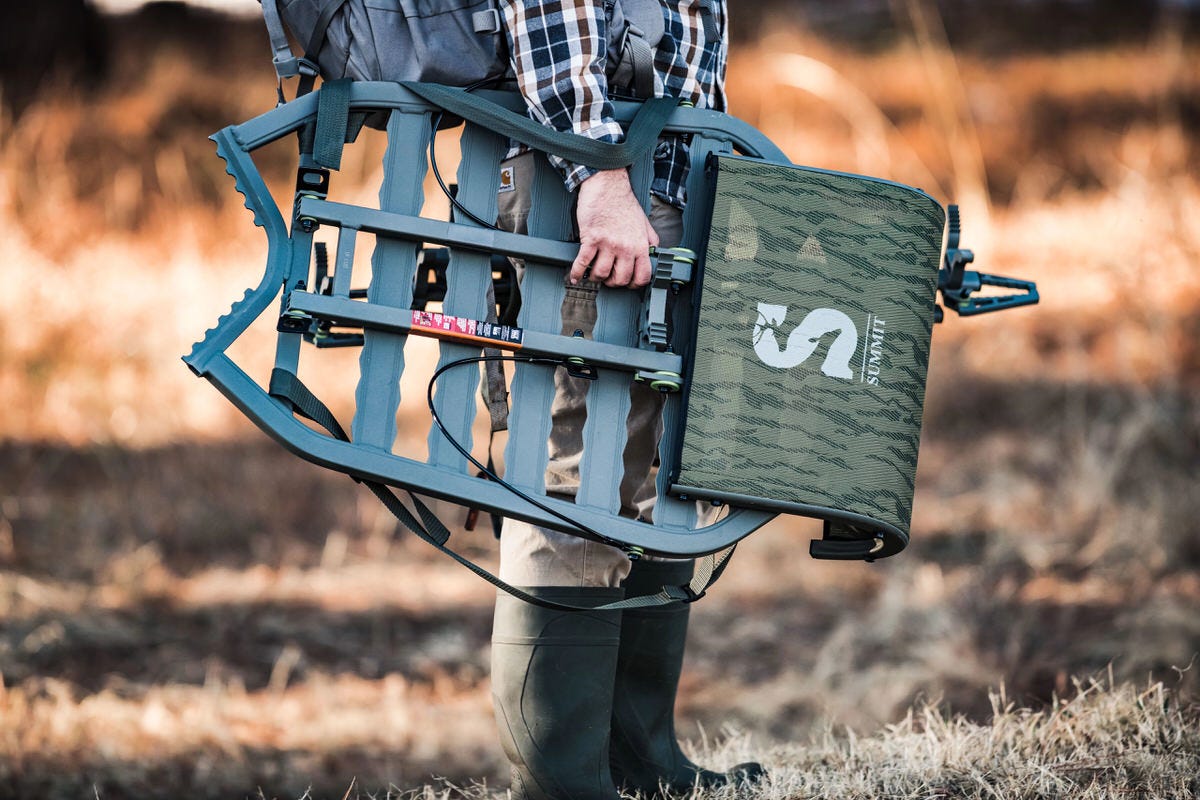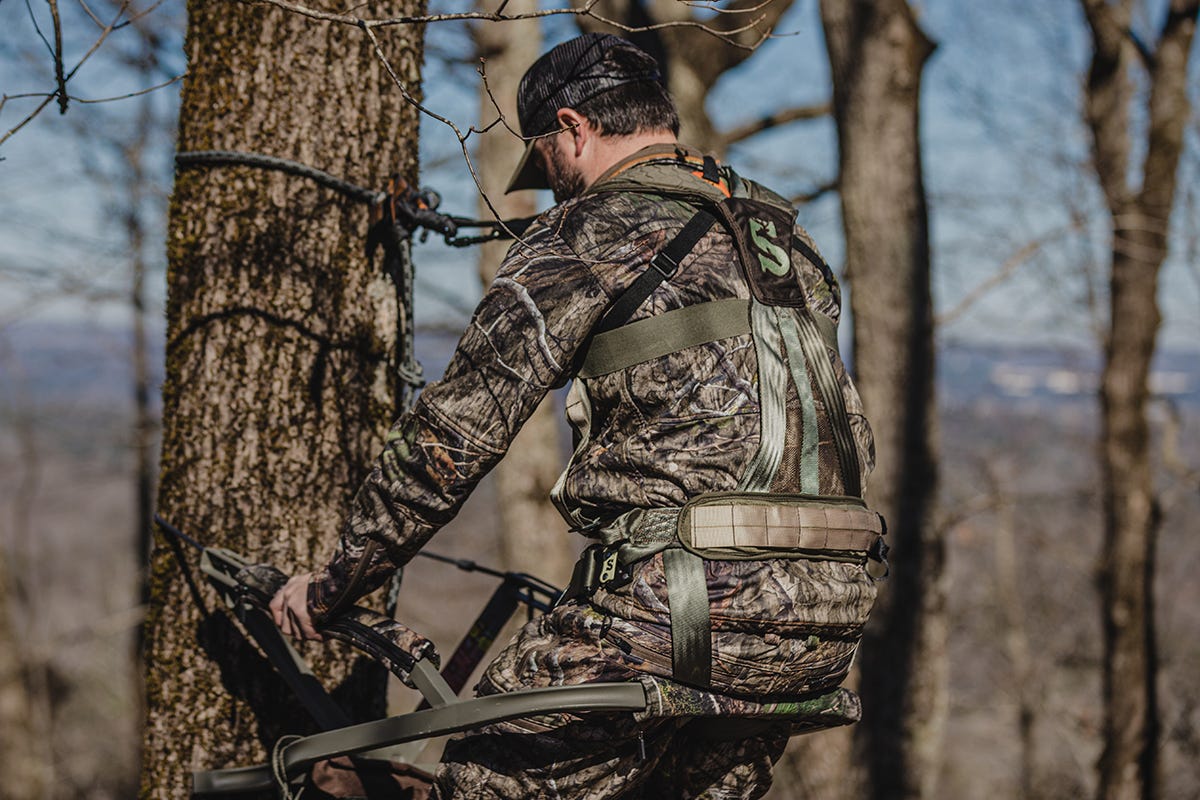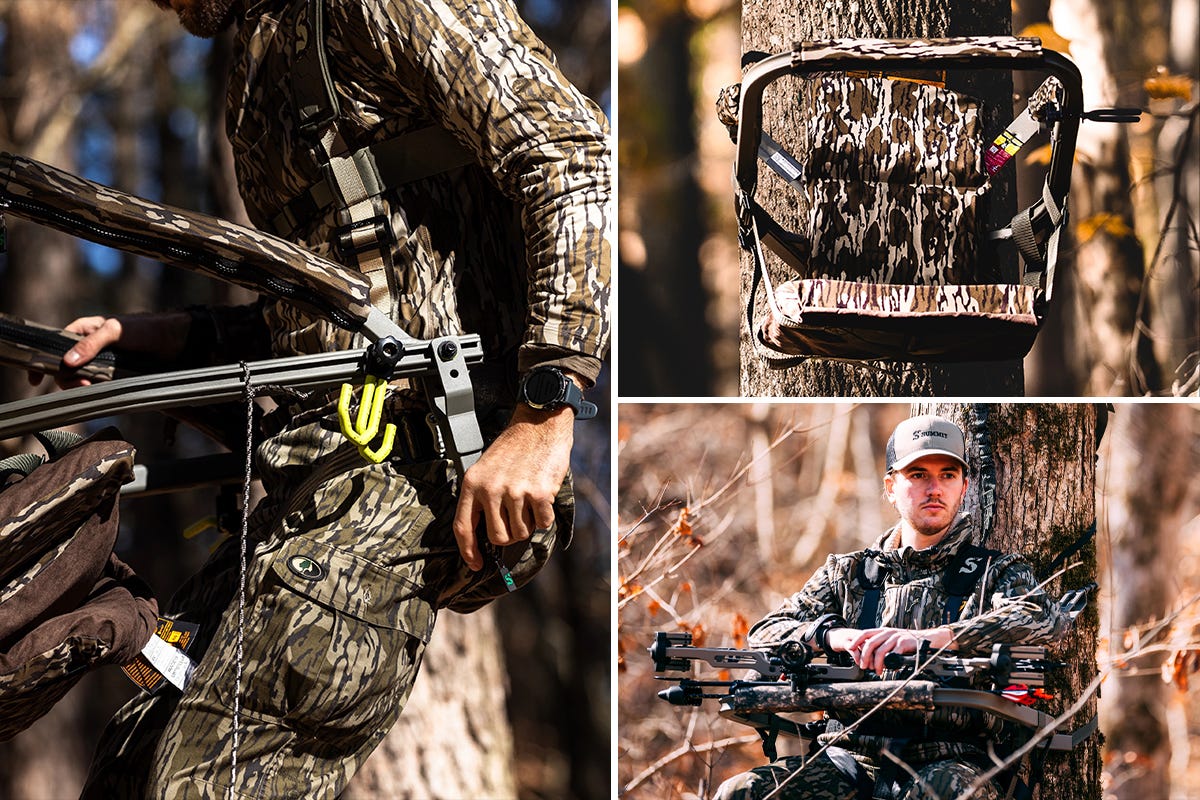- Oct 1, 2014
Pick the Perfect Tree
Many hunters have had the opportunity to share their thoughts and feedback about tree stands, even seeing some ideas from their “wish lists” come true as stands have developed and improved over the years. But what if a hunter could design the perfect tree? Since that’s likely not going to happen any time soon, Andy Morgan, host of “The Hit List,” reflects on five tips for finding – or for altering – that perfect tree this season.
1. Easy Access
Location, location, location. That’s not just a realtor’s favorite catch phrase; hunters need to find the perfect spot, as well, to hang their tree stands, and access is the most critical aspect.
“Being able to enter and exit the area quickly, quietly, and undetected is a must,” Morgan said. “Stealthily moving through the woods is important. If you can slip in to your tree, you’ll be able to keep these areas alive and use them again and again during your hunts.”
2. Play the Wind
Another part of good location is wind direction.
“Say you’ve got a north wind blowing, and it’s carrying your scent out over the top of a bluff where you know deer can’t get behind you because it’s too steep or sharp,” Morgan said. “These are prime spots, where your scent is going the other direction, and these are the trees you want to use.”
3. Keep Concealed
Good hunting is often dependent on good camouflage, and finding a tree with ample cover is an important part of that.
“I want some branches and a couple of big limbs nearby where I can nestle down my stand in between that cover, but still be able to shoot. I call it ‘my nest,’” Morgan said. “For this reason, I prefer to use the a Summit hang-on stand. They’re light, and they pack in and out easily, and because it’s not too big, it’s easy to hang in between limbs or in the fork of a tree.”
Of course, if you find a perfect location, but thee trees offer little or no cover, Morgan suggests cutting cedar limbs or branches and nailing them up to the tree, pre-season, or using wire ties to secure the cover. He’s used this effective tactic countless times.
“When you’re filming outdoor television, you’ve got to stay hidden,” he recounts, “and that’s not easy with two guys in a tree!”
4. Size Matters
Morgan prefers to hang stands in tall trees, but not those that are too large.
“The trunk should be about as big around as your body,” he said. “That’s good to break up your silhouette. Just don’t select a tree that’s too big because it’s hard to climb.”
If you don’t have good cover, a tall tree also enables you to go higher. Morgan says he likes to be up about 20 feet, but warns that once you get beyond 30 feet, it starts to affect your shot, especially with archery equipment.
5. Foliage
For those who have a selection of trees for their stands, Morgan highly recommends the cedar. Beyond some scent masking, cedars offer a lot of background foliage for breaking up your outline. He shares that some of the best trees he’s ever hunted from are some great, big cedar trees in Nebraska.
“These trees offer premium cover; they’re backed up against the water, and I can access them from down the river. My stands are there the whole season, ready to go. I just check straps and freshen up buckles, and I’m ready for some “Hit List” bucks.”

